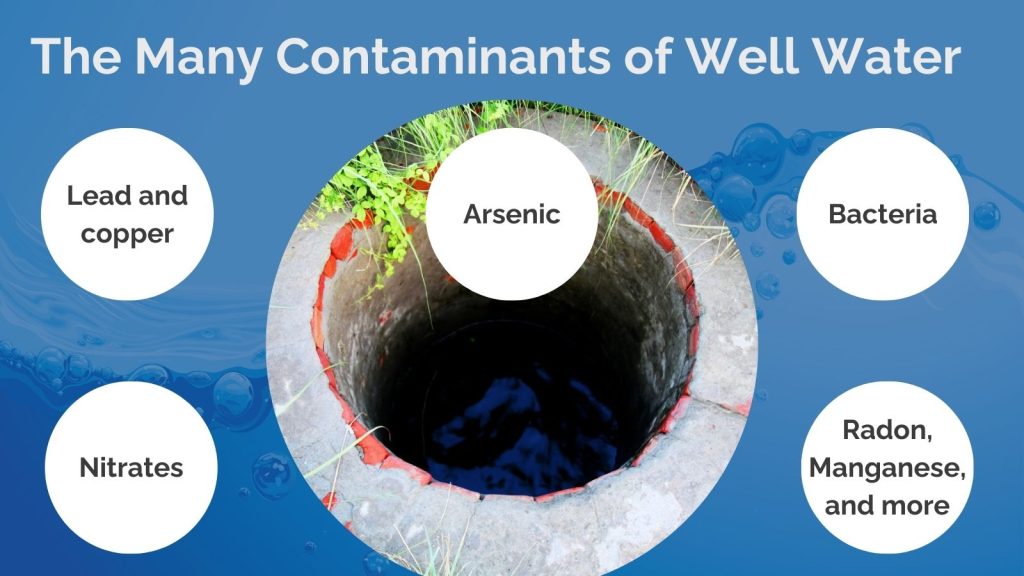Here’s a question–why invest in water testing services if you’re not aware of what could be in your water? It’s a good question, and one that we completely understand. If you don’t know what’s potentially in your water system, then there’s no good reason to get the water tested.
But this doesn’t mean your water is clean and safe. There could be contaminants lurking in your water that you’re just unaware of.
In this industry, the more you know, the better off you’ll be. We’d like to take this opportunity to discuss some hazardous contaminants that can be found in your well water, and why testing is so important for customers who want to get fresh, clean water.
Feel free to schedule an appointment today for water testing in Puyallup if you’d like to avoid any of the following materials from contaminating your water supply.

The Many Contaminants of Well Water
There are many different kinds of contaminants that can be found in well water. In fact, this blog could turn into an entire series of blogs just on that topic alone! But to save you time and effort, we’re going to discuss the most common contaminants, as well as some of the most dangerous that can be found in your well water. If any of these sound familiar or if you’re concerned with having them in your water supply, schedule testing with our team ASAP.
- Lead and copper. These minerals are notorious for being detrimental to your personal health. While they’re natural to find in water supplies, they’re unhealthy for a variety of reasons. Lead can be poisonous in certain quantities and hinder brain development in children. Too much copper can make your water taste bad while damaging your liver, causing nausea, vomiting, and other side effects. These minerals should be filtered out!
- Nitrates. We have a lot of farm fresh produce in our area thanks to our local farm culture, but sometimes fertilizers and septic systems can leak into the water supply and fill it with an excess of nitrates. These can be hazardous to your health in substantial quantities.
- Arsenic. Yes, this poisonous compound is naturally found and even small amounts of it can be fatal. Luckily, it’s quite rare, but your home should still have its water supply tested for it.
- Bacteria. If your goal is to stay safe and not get sick, water testing will help to identify harmful bacteria like Coliform or E-Coli that could otherwise infect your family members and cause serious illness. These bacteriophages can be easily eliminated with a water purifier.
- Radon, Manganese, and more. Aside from copper and lead, there are other harmful minerals and radioactive elements that can cause harmful effects for you and your family. The presence of these materials heavily depend on where you live and what’s in the surrounding area, but we can’t make any judgements or solve any problems before we’ve tested your water and determine any specific contaminants.
It’s time to work with our team to target contaminating elements and remove them so you can have fresh, clean water.

